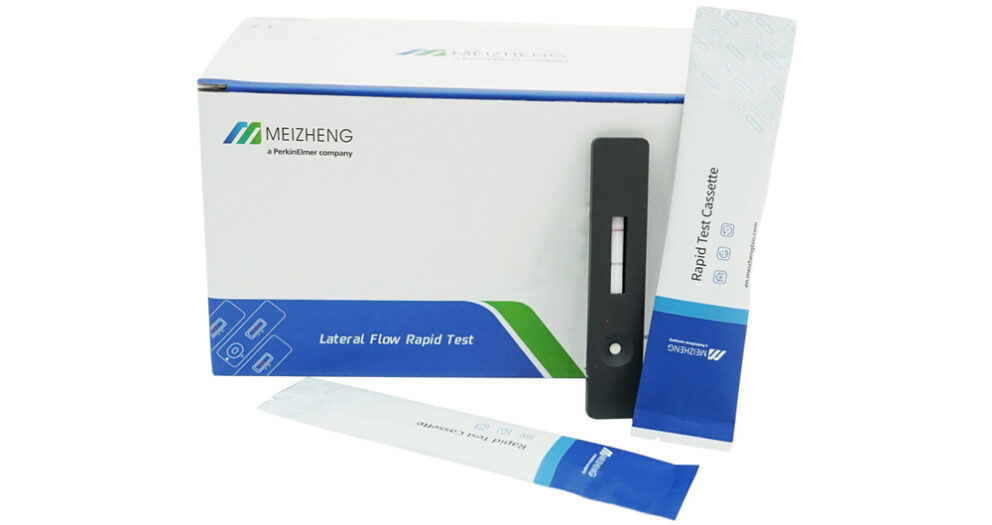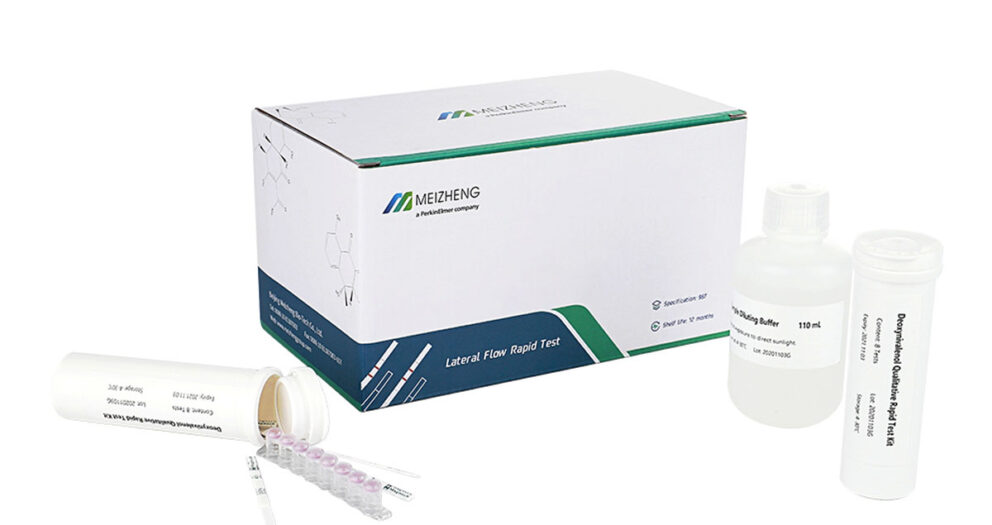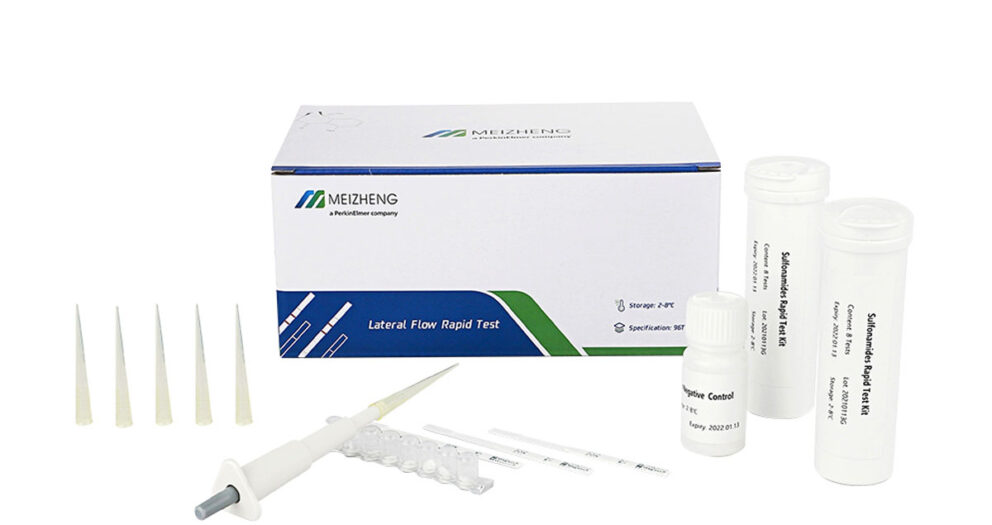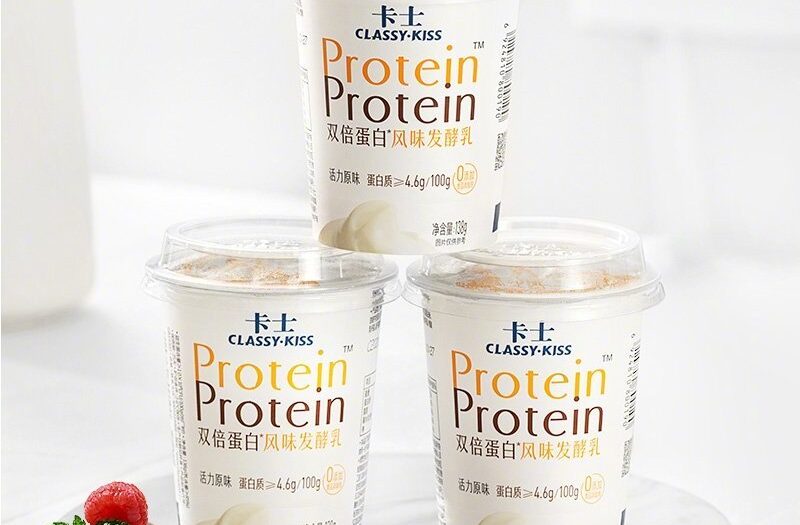Disinfectants are applied to surfaces that kill bacteria, fungi, and viruses, but not necessarily their spores. Disinfectants are often divided into high-efficiency, medium-efficiency, and low-efficiency disinfectants. In order to avoid any contamination of clean areas and maintain the required high level of cleanliness, appropriate routine cleaning and disinfection procedures should be in place, and environmental monitoring should be carried out to verify that the environment is continuously controlled.
The guidelines for the efficacy verification of disinfectants issued at home and abroad, such as General Chapter 1072 of the United States Pharmacopoeia, mainly include disinfection technical specifications and evaluation methods and standards for disinfection and sterilization effects (GB 15981-1995).
The main components of disinfectant efficacy verification include laboratory and field stages. In the laboratory stage, the killing effect of the disinfectant on the representative bacteria under the concentration and action time of the disinfectant is investigated to determine the parameters of the disinfection program, and the simulation test is carried out according to the carrier of different materials in the actual environment. In the field stage, consider the verification of on-site disinfection procedures, conduct risk assessments for disinfection rooms and sampling points, and examine the reproducibility of disinfection procedures. At the same time, consider the inspection of the validity period of the disinfectant: Statistically evaluate the detection frequency and quantity of environmental microorganisms before and after the use of the new disinfectant.
Laboratory methods for determining the bactericidal efficacy of disinfectants often include quantitative suspension test method, carrier immersion quantitative test method, surface test method, and direct inoculation method of working solution. Challenge strains used for potency validation should be representative and universal. Commonly used standard strains for verification include Staphylococcus aureus, Pseudomonas aeruginosa, Salmonella, Escherichia coli, Bacillus subtilis, Candida albicans, Aspergillus niger; environmental isolates are the most representative of individual environments, Environmental isolates should be used for challenge testing in potency validation.
① Quantitative suspension experiment
Quantitative suspension test is a quantitative test method commonly used to evaluate the bactericidal effect of disinfectants. The quantitative challenge bacteria suspension is added to the disinfectant solution of a certain concentration for a specified time. After neutralizing the effect of residual disinfectant, quantitatively inoculate it on a plate, pour the medium, and count the number of colonies after culturing. The sterilization rate was calculated by comparing with the plate count of the control bacterial solution without the action of the disinfectant.
Bactericidal rate = [(average number of viable bacteria in control group – number of viable bacteria in test group) ÷ average number of viable bacteria in control group] × 100%
② Quantitative test of carrier soaking
The principle of the carrier soaking quantitative test is similar to the quantitative suspension test. In this test, the indicator bacteria suspension is quantitatively inoculated on the carrier, and then the carrier is added to the disinfectant for a predetermined time, and then the carrier is taken out and added to the neutralizer for neutralization. , quantitatively inoculated on the plate, poured the medium, and counted the number of colonies after culturing. The sterilization rate was calculated by comparing with the plate count of the control bacterial solution without the action of the disinfectant.
③ Surface challenge test
Select the treated carrier, spread the sterilized carrier in a sterile plate, add an appropriate amount of challenge bacterial solution dropwise by a suitable method (drop dyeing method, dip dyeing method, spray dyeing method, etc.) and coat the entire carrier with an inoculation ring. surface. After dripping the bacterial solution, the carrier should be placed in a 37°C incubator to dry for about 20-30min before use. Use sterile tweezers to take the pre-prepared bacterial slices and put them in a plate, and perform disinfection operations according to the requirements of their respective disinfection procedures. After the bacteria-drug interaction reaches the specified time, use sterile tweezers to take out the bacteria pieces and transfer them to test tubes containing neutralizing agent respectively. Finally, after further mixing, serial 10-fold dilutions were performed, and plates were inoculated to determine the number of viable bacteria.
④ Confirmation of effectiveness of disinfection procedures
Laboratory Efficacy Verification Once the concentration and time parameters of the disinfection program have been determined, the field-of-use efficacy of the disinfection program can be confirmed.
On-site inspection tests are used to evaluate the actual disinfection efficacy of disinfectants on the corresponding facilities. Such tests are performed by monitoring the quality of environmental microbes before and after cleaning (disinfection). It takes a period of time to accumulate data to evaluate disinfection and cleaning procedures (a minimum of 3 trials is recommended). For better evaluation results, the contamination of the environment can be checked under worst-case conditions (such as after preventive maintenance), where there is a potential increase in the types and numbers of microorganisms in the environment.
⑤ Confirmation of continuous compliance of surface disinfection effect
The effectiveness of continuous cleaning and disinfection measures is demonstrated by trends in environmental monitoring results. During cleanroom validation, cleaning and disinfection measures are appropriate as long as monitoring results continue to remain at the lower established levels. If there are repeatable deviations in the environmental monitoring results, the investigation evaluation will lead to the conclusion that repeatable disinfection effectiveness verification is required.
View more quality microbiology count paltes.







